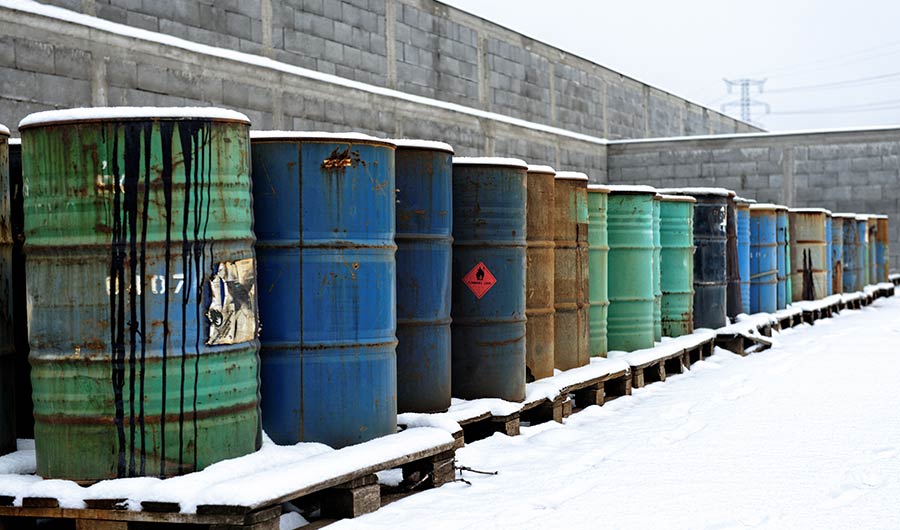Toxic Mix: Regulating Chemicals Individually May Miss Danger

(Inside Science) -- Regulations meant to protect people and the environment from dangerous chemicals may miss the poisonous forest for the trees, according to a review paper published today in the journal Science.
Doctors have long known that some drugs are safe when taken on their own but may become dangerous when combined with other drugs. In the last decade, researchers have increasingly realized that the same is true of the hundreds of chemicals that humans release into the environment, according to the authors, who are at Brunel University London in the U.K. and Faust & Backhaus Environmental Consulting in Germany. Substances at levels deemed safe in isolation may be toxic in combination with other chemicals, whether they come from industrial processes, consumer products like plastics and cosmetics, or pesticides sprayed on food.
The most obvious mixture effects come when different chemicals act on the body through the same mechanism. For example, many synthetic chemicals are known to mimic the hormone estrogen. But chemicals can also reach similar end results through different mechanisms, leading to a huge variety of potentially compounding effects, said Ake Bergman, an environmental chemist and head of the Swedish Toxicology Sciences Research Center in Sodertalje, who was not involved in the new paper.
Governments have made some efforts to consider combination effects. For example, the Food Quality Protection Act of 1996 requires the U.S. Environmental Protection Agency to consider cumulative effects of pesticides that work through similar mechanisms when developing pesticide regulations. But according to the authors of the new paper, the vast majority of regulatory systems around the world still address each chemical independently, setting safe exposure limits based on how much would be toxic in isolation.
Another problem is that different types of chemicals and exposure routes are regulated by different agencies, and these agencies rarely consider the combined effects of their respective spheres of oversight, according to the researchers. Different regulatory systems may not even talk to each other; several chlorinated pesticides were banned in the 1970s because of their toxic effects, only to be reintroduced as flame retardants, said Bergman.
Bergman praised the authors for calling attention to the dangers of chemical mixtures.
"The regulation cannot be on one chemical at a time," he said. "It's what actually reaches the humans that needs to be regulated."

